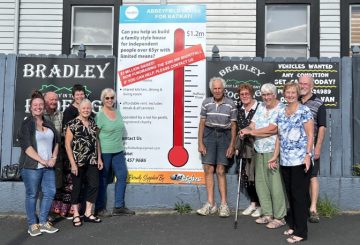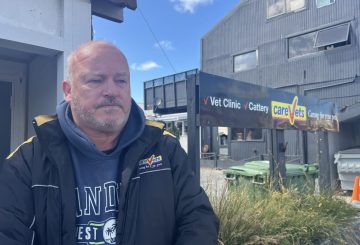魚介類業界のリーダーたちは、車載カメラが導入されて以降、漁業者が混獲種の報告についてより慎重になっている可能性が高いことを認めています。これは、第一次産業省(MPI)のデータによると、政策が実施されて以来、商業漁業によるイルカやその他の魚類や海鳥の捕獲量が大幅に増加したことが示されたためです。4月1日付けのデータによると、カメラが導入されてからイルカの捕獲数は、導入前の2018年の期間と比較して7倍に増加した。漁獲量で報告された魚種の数は 34% 増加し、廃棄魚数は 46% 増加しました。
シーフード・ニュージーランドによると、カメラが搭載されているため、漁師は混獲種の報告にはより慎重になる可能性があるという。ジェレミー・ヘルソン最高経営責任者(CEO)は、報告件数の増加は予想外ではなかったと話した。同氏は、業界では不要な漁獲量を最小限に抑えるための投資を続けていると付け加えました。
しかし、シーフード大手のサンフォードの最高経営責任者代理を務めるクレイグ・エリソンは、カメラポリシーが漁業乗組員のプライバシーとシステムのコストを危険にさらすことについて懸念を表明した。深海漁業を行うシーロード社は、この方針が近海トロール漁に適用されるため、自社の船にカメラを設置していない。彼らはこの政策の資金調達モデルに疑問を呈し、政府がカメラに資金を供給すべきだと提案した。
グリーンピースによると、この数字は業界による「大量過少報告」があったことを示しているという。オタゴ大学の動物学教授リズ・スローテンは、カメラが導入されたにもかかわらず、一部の漁業ではモニタリングが依然として不十分だと感じた。



















































-360x245.jpg)









